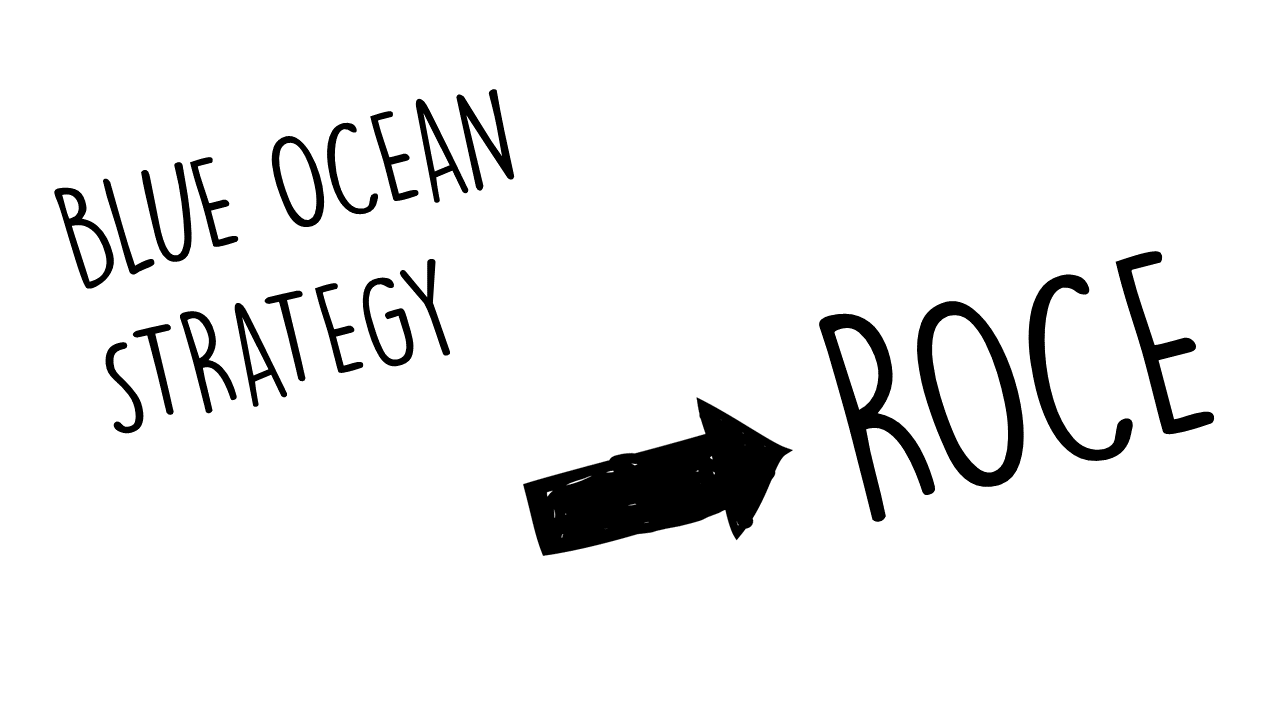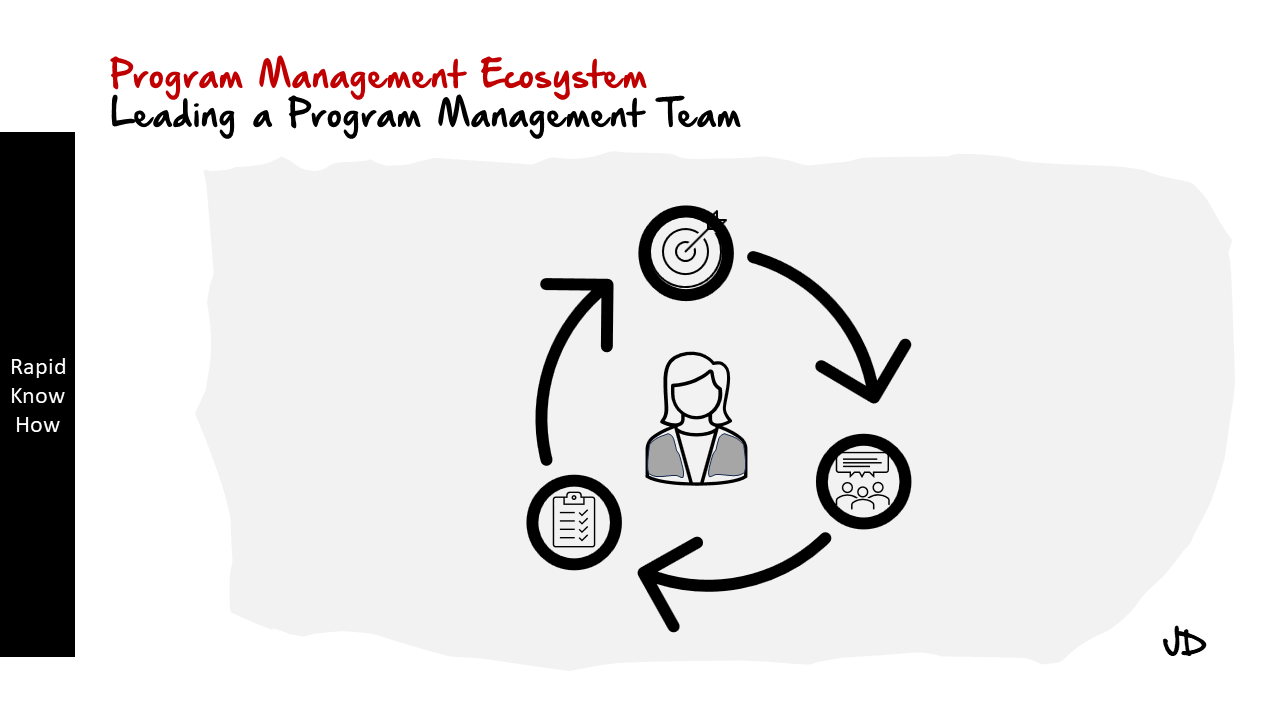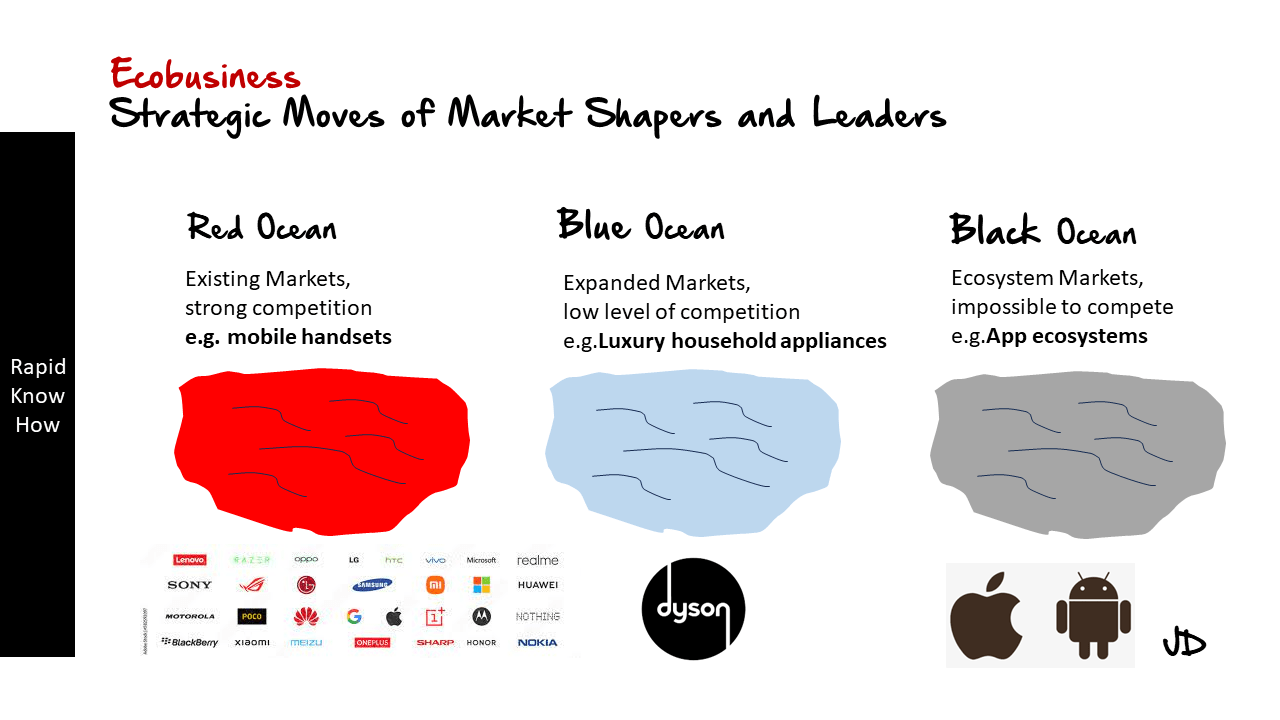The RapidKnowHow Process : Visionary Leader Drive Innovation
Visionary Business Models drive > What is the root cause > What are the Main Categories > What are the main subcategories > What are Options for Solutions > What is the feasibility of the solution > Time constraint > Resources required > Expected Effectiveness > Outcome : Ranking of Options from Best to Worst > Conclusion > Get started
Visionary Business Models Drive Innovation
1. Root Cause
The need for visionary business models typically arises from:
- Market Changes: Shifts in consumer behavior, technological advances, or regulatory changes compel businesses to rethink their approach.
- Competitive Pressures: Heightened competition necessitates unique value propositions to differentiate from rivals.
- Sustainability Goals: Growing emphasis on environmental and social governance (ESG) forces businesses to innovate responsibly.
- Technological Advancements: New technologies create opportunities for novel business models that harness digital transformation.
- Economic Factors: Fluctuations in the economy may prompt businesses to adapt their models for resilience and sustainability.
2. Main Categories
- Type of Business Model
- Target Customer Segments
- Value Proposition
- Revenue Streams
- Operational Strategy
3. Main Subcategories
Type of Business Model
- Subscription Model: Recurring revenue from customers who subscribe to services or products.
- Freemium Model: Offering basic services for free while charging for premium features.
- Platform Model: Creating a marketplace that connects buyers and sellers (e.g., Uber, Airbnb).
Target Customer Segments
- B2B (Business-to-Business): Providing products/services to other businesses.
- B2C (Business-to-Consumer): Selling directly to individual customers.
- C2C (Consumer-to-Consumer): Facilitating transactions between consumers.
Value Proposition
- Innovation: Offering cutting-edge technology or unique service offerings.
- Cost Leadership: Providing services at a lower cost than competitors.
- Customization: Delivering personalized experiences tailored to individual customer needs.
Revenue Streams
- Product Sales: Direct sales of goods.
- Service Fees: Charging for services rendered.
- Advertising: Generating revenue through sponsored content or ads.
Operational Strategy
- Lean Operations: Minimizing waste and optimizing efficiencies in processes.
- Agile Methodologies: Emphasizing flexibility and iterative processes for product development.
- Partnership Networks: Collaborating with other organizations to enhance capabilities and expand reach.
4. Options for Solutions
- Conduct Market Research: Understand trends, customer needs, and competitor strategies.
- Innovate Offerings: Develop new or improved products/services based on customer feedback.
- Test Business Models: Use pilot programs to evaluate the effectiveness of new models before full-scale implementation.
- Leverage Technology: Invest in digital tools that support new business models.
- Gather Stakeholder Feedback: Involve customers, employees, and partners in the innovation process to refine proposals.
5. Feasibility of Solutions
- Conduct Market Research: High feasibility; requires time but is low-cost with many available resources.
- Innovate Offerings: Medium feasibility; depends on existing capabilities and resources available for development.
- Test Business Models: Medium to high feasibility; pilot programs can be initiated on smaller scales.
- Leverage Technology: High feasibility; many technologies are accessible for integration into new models.
- Gather Stakeholder Feedback: High feasibility; can be conducted through surveys, interviews, and focus groups.
6. Time Constraint
- Short-term (0-3 months): Conduct market research and gather stakeholder feedback.
- Medium-term (3-6 months): Innovate offerings and test new business models.
- Long-term (6-12 months): Full implementation of successful business models and continuous refinement.
7. Resources Required
- Financial Resources: Budget for research, development, and potential technology investments.
- Human Resources: Cross-functional teams involving marketing, R&D, and customer service.
- Technological Resources: Tools for data analysis, customer feedback, and project management.
8. Expected Effectiveness
- Conduct Market Research: High effectiveness; provides critical insights for informed decision-making.
- Innovate Offerings: High to medium effectiveness; innovation can lead to differentiation but depends on execution.
- Test Business Models: High effectiveness; allows for real-world assessment of business model viability.
- Leverage Technology: High effectiveness; can streamline operations and enhance customer experiences.
- Gather Stakeholder Feedback: High effectiveness; direct input from customers ensures alignment with needs.
9. Outcome: Ranking of Options from Best to Worst
- Conduct Market Research – Essential for grounding all subsequent actions.
- Test Business Models – Critical for validating ideas and reducing risk in launch.
- Gather Stakeholder Feedback – Ensures alignment with customer expectations and needs.
- Innovate Offerings – Important for differentiation but contingent on insights from research and feedback.
- Leverage Technology – Valuable, but effectiveness relies on foundational business model work beforehand.
10. Conclusion
Visionary business models are crucial for organizations aiming to stay competitive and relevant in a rapidly evolving marketplace.
By understanding market dynamics and consumer needs, companies can innovate and create unique propositions that resonate with customers.
A structured approach that combines research, testing, and feedback can significantly enhance the likelihood of successful business model innovation.
11. Get Started
- Step 1: Conduct an in-depth market analysis to identify trends, customer demands, and potential gaps.
- Step2: Involve relevant stakeholders in brainstorming sessions about potential new offerings or services.
- Step 3: Test various business model frameworks through pilot programs to identify the most effective approach.
- Step 4: Gather and analyze feedback from these pilot tests to refine offerings and approaches.
- Step5: Roll out successful business models, continually investing in learning and iteration to adapt to changing market conditions.
By following these steps, organizations can harness the power of visionary business models to drive transformation, foster innovation, and achieve sustained growth.





